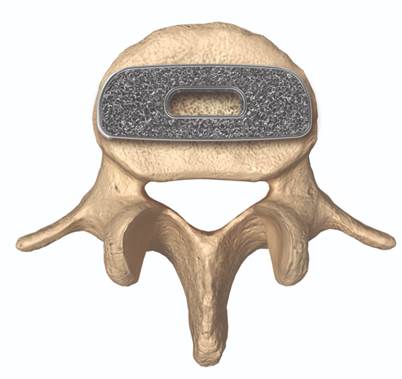When a spinal fusion is indicated after non-operative management has failed, it is used to correct problems with the bones in the spine called vertebrae. The most common reason for its use is as a treatment option when motion of the vertebrae is a source of pain, instability, or nerve compression. An interbody fusion involves removing a diseased intervertebral disc and replacing it with a spacer that holds bone graft, which will promote healing the two bones together and stopping painful motion. It can also be used to maintain or correct alignment of the spine when it has lost its normal spatial relationships. An additional benefit of interbody fusion is that it can restore the disc space height at a segment that has collapsed, thereby increasing the space for nerves to pass through their normal channels.
An LLIF is a less invasive approach to the spine that involves accessing the spine from the side, with a small incision placed over the flank. Through this approach, the intervertebral discs and vertebrae can be reached without having to move nerves or muscles in the back. The entire surgery is performed through a tubular retractor which is inserted down to the spinal column. The retractor holds the muscles open and gives a clear view of the spine. After the disc is removed and a spacer is inserted, additional implants may be placed depending on individual pathology and goals of surgery.
Watch the video below for a message from Dr. Ratnayake on the LLIF and ALIF procedure.

